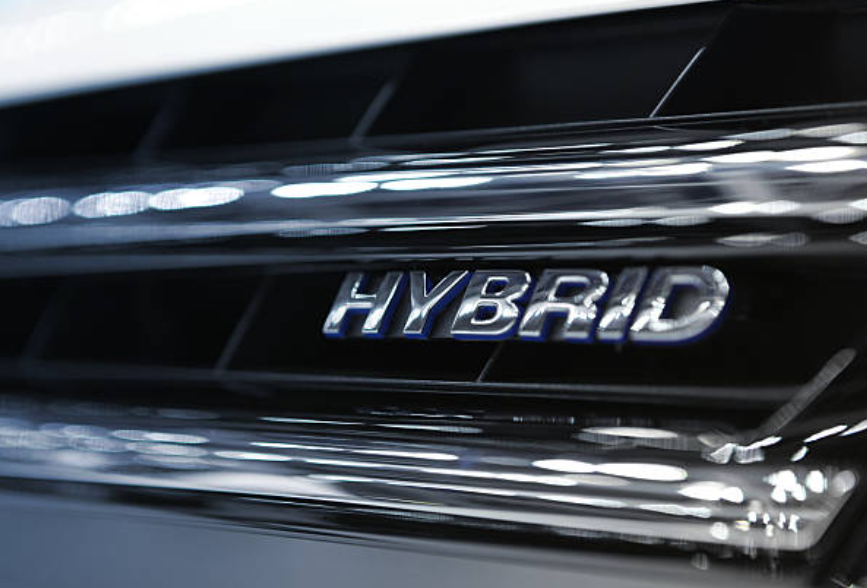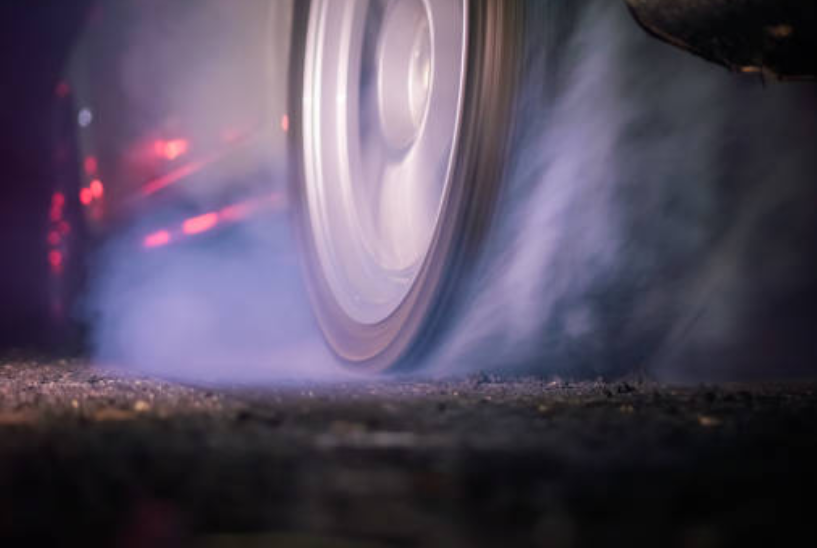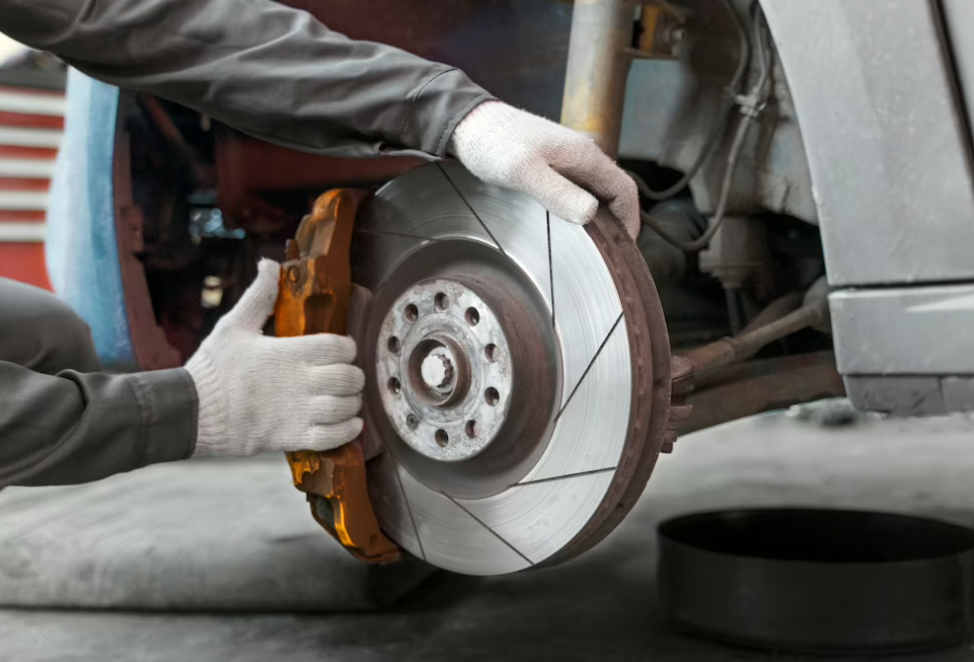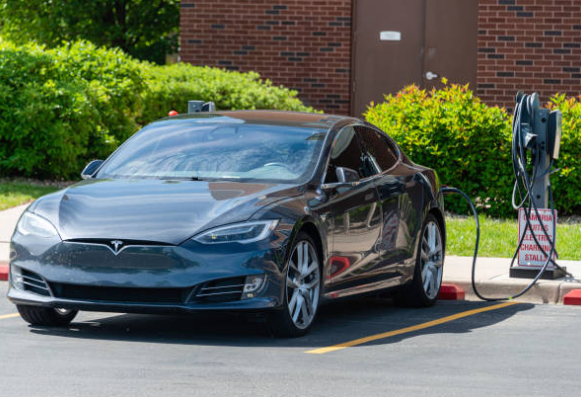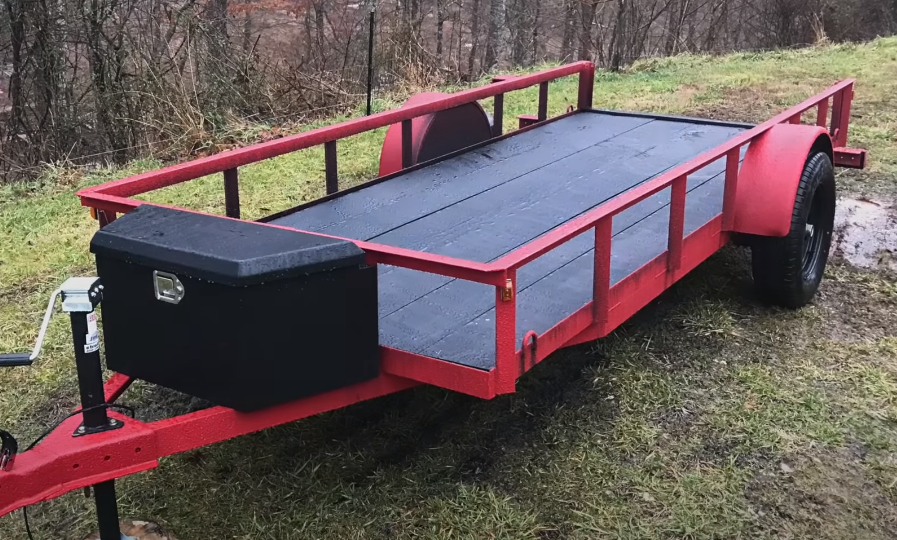How Does A Supercharger Work?
Superchargers are strong machines that improve engine performance by feeding more air into the combustion chambers. Superchargers are mechanically or electrically powered, offering rapid power with little lag, in contrast to turbochargers, which use exhaust gases to spin a turbine. This extensive guide will cover all the bases regarding superchargers, including their inner workings, various varieties, pros and cons, comparisons with turbochargers, and answers to frequently asked questions.

The Workings Of A Supercharger
Mechanical Superchargers
Mechanical superchargers, typically belt-driven but occasionally propelled by a shaft, gearing, or chain linked to the engine's crankshaft, employ a pulley system. This pulley, adjustable to modulate boost levels with engine RPM, spins screws or shafts within the supercharger, compressing incoming air for the engine.
On the other hand, centrifugal superchargers, also belt-driven by the engine, utilize a gear system to rotate a turbine, which in turn compresses air via centrifugal forces.
Unlike turbochargers, mechanical superchargers necessitate a direct physical connection to the engine to provide boost consistently.

Electrical Superchargers
In rare instances, electric superchargers cooperate with turbochargers. Electric variants supply low-RPM response and boost while the turbo spools up. Once the turbocharger reaches optimal speed, the electric supercharger is bypassed.
In contrast to mechanical counterparts, electric superchargers don't rely on a direct link to the engine's crankshaft but rather require a robust electrical source, often facilitated by larger alternators and a 48-volt hybrid system in compatible vehicles.
Not all superchargers are created equal. Four distinct types exhibit varying characteristics:

Firstly, the Roots supercharger, the oldest of the bunch, employs rotor pairs to capture and pressurize air before delivering it to the intake manifold, effectively pressurizing the space between the supercharger and the engine.
Secondly, the twin-screw supercharger, visually akin to the Roots, compresses air internally by forcing it between interwoven screws, rather than at the intake port.
Thirdly, the centrifugal supercharger diverges in design, using an impeller fan to draw air into an intercooler or directly into the engine, without rotors.
Lastly, the electric supercharger, the newest addition, mimics centrifugal operation but uses an electric motor for air pressurization, commonly found in select 48V hybrid systems.
Advantages
Superchargers offer instantaneous response, unlike their turbocharger counterparts. As they're directly driven by the engine, they provide consistent boost levels, increasing gradually with RPM.
Moreover, they often require fewer ancillary components compared to turbocharged engines, sometimes eliminating the need for diverting pipes or an intercooler, reducing complexity and costs.

Disadvantages
However, superchargers tend to be less efficient than turbochargers, with a significant portion of the engine's power devoted to driving them. Additionally, their thermal efficiency falls short of turbos', as the latter utilizes exhaust energy that would otherwise go to waste.
While superchargers excel in immediate power delivery, turbochargers, attached to the engine's exhaust manifold, offer sustained torque along the power curve.
Turbos are more commonly employed by automakers due to their versatility. In a unique approach, Volvo offers both supercharger and turbocharger options for its 2.0L four-cylinder engine, delivering potent acceleration performance.
Can superchargers be used with any kind of engine?
Superchargers can be mounted on a variety of engine layouts, such as rotary, V-shaped, and inline engines; however, compatibility may vary depending on the engine design, amount of available space, and intended purpose.
Do superchargers need specific upkeep?
Superchargers need routine maintenance to maintain maximum performance and longevity, just like any other automobile component. This could entail monitoring boost levels, examining seals and bearings, and testing and replacing belts.
Is it possible to install superchargers aftermarket?
Yes, consumers can improve the performance of their engines by installing aftermarket supercharger systems on a variety of automobiles. However, to guarantee compatibility and dependability, careful installation by qualified specialists is essential.
Superchargers are integral to improving engine performance, offering immediate power enhancements and exciting driving experiences. Understanding their mechanics, types, and pros and cons can assist enthusiasts and car owners in making informed decisions about performance upgrades. From the classic Roots design to the modern electric variant, superchargers continue to advance automotive engineering, delivering exhilarating performance both on and off the road.
Click on the following link to read another blog post: What Are Center-Lock Wheels?


